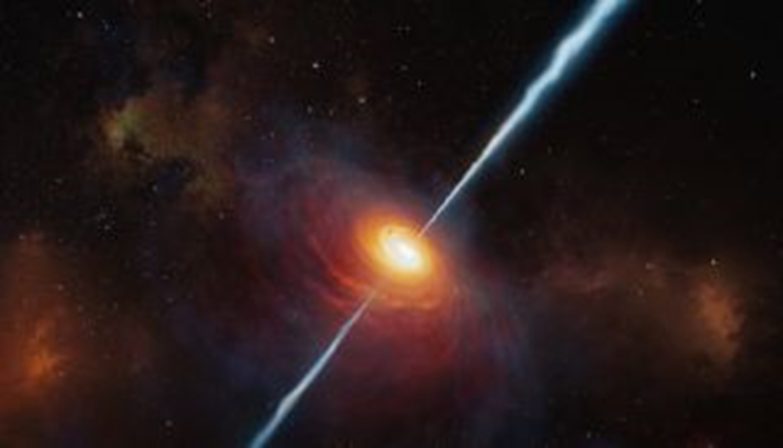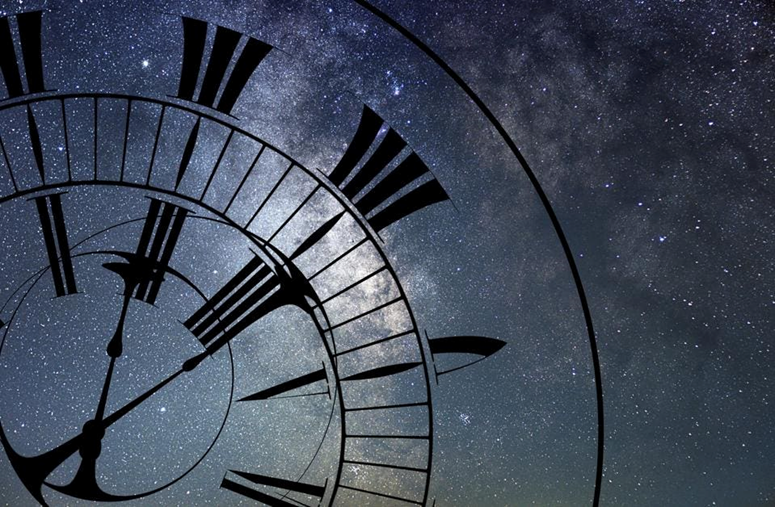The passage of time appears to be five times slower in the early universe

The researchers used their observations of stars that end their lives in explosions, known as supernovae, to show that time seemed to pass twice as slow when the universe was half its current age, 13.8 billion years.
It seems that time was passing five times slower in the early stages of the universe, as shown by a scientific study that used for the first time very bright cosmic bodies known as quasars to confirm this strange phenomenon.
According to the theory of relativity, put forward by Albert Einstein, due to the expansion of the universe, "we are supposed to observe the growth of the distant universe in slow motion," explained Geraint Lewis, an astrophysicist at the University of Sydney and the main author of the study, the results of which were published Monday by the journal "Nature Astronomy".
The researchers used their observations of stars that end their lives in explosions, known as supernovae, to show that time seemed to pass twice as slow when the universe was half its current age, which is 13.8 billion years.

The new study uses quasars, which are incomparably brighter, to date back up to a billion years after the birth of the universe. And time seems to flow five times slower there, according to the findings of the study.
According to Professor Lewis, “everything seems to be in slow motion” to those observing this motion today, but “if I could magically teleport you back ten billion years to drop you near one of these quasars and watch your stopwatch, everything would look normal.” ". "The second will be a second," he noted.
To measure this phenomenon, called cosmic time dilation, Lewis and University of Auckland statistician Brendon Brewer analyzed data from 190 quasars collected over 20 years.
Quasars, which are galactic nuclei with a supermassive black hole at their centre, are known as the brightest and most energetic objects in the universe, making them "very practical beacons for mapping the universe", according to Professor Lewis.
The difficulty was turning them into easy-to-use cosmic clocks like supernovae, which provide a single but reliable signal over time.

For quasars, the researchers achieved their goal thanks to a wealth of data as well as recent advances in the statistical understanding of random events.
In this case, the researchers succeeded in explaining the multiple shocks that occur when matter is sucked in by a quasar's black hole.
Lewis likens it to a fireworks display in which large sprays seem to explode at random, but whose elements "brighten and fade" at a set, regular pace.
"We analyzed this fireworks display, and showed that quasars can also be used as time beacons for the early universe," Lewis said. Thus, the researcher proved that "Einstein is right again."
Previous attempts to use quasars to measure the theory of cosmic time dilation failed, after they led to "strange suggestions", including that quasars were not objects as far away as the observations showed.
The new study also "sets things right," by showing that these objects are also subject to the laws of the universe.
Source: websites

